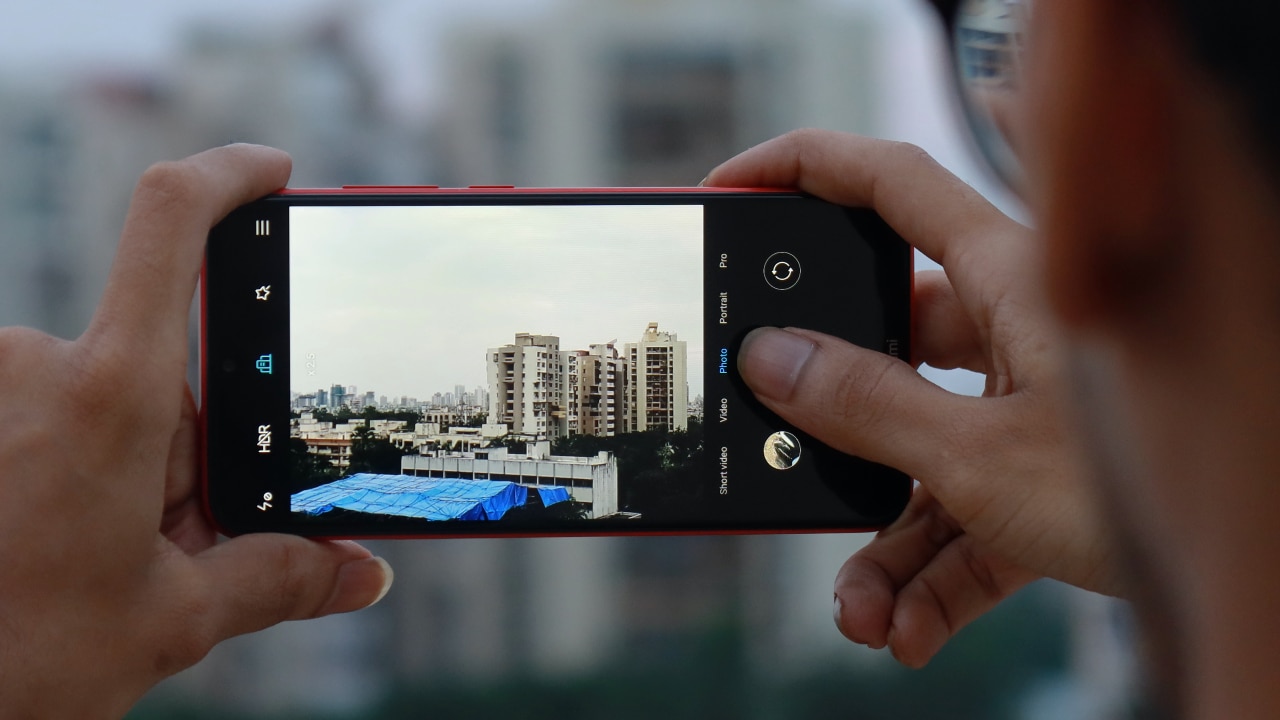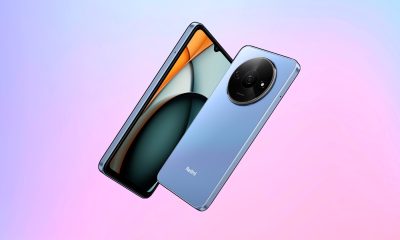India
India now the world’s second-largest smartphone market
It finally surpassed the US

With a population of 1.3 billion, India is the second-most populated country in the world. The total number of population in India presents an opportunity for tech companies willing to break ground with their products. The proliferation of tech brands in the country testifies to the Indians’ demand for new tech products — particularly, smartphones.
Over the years, the smartphone market in India grew significantly. According to the latest statistics from Counterpoint Research, India finally surpassed the US to become the second-largest smartphone market in the world.
India’s growth remained while smartphone shipments remained flat globally.
The total smartphone shipment in India reached 158 million in 2019 with a 7% year-on-year growth. The bulk of this shipment came from Indian buyers looking for midrange smartphones with flagship capabilities. These buyers, as the research notes, are buying these devices as their first or second smartphone.
Xiaomi leads the way
Chinese tech companies saw a strong surge in India and drove the majority of smartphone shipments. Xiaomi, in particular, leads the pack with 28% of smartphones shipped coming from the company. The company now has to prioritize the Indian market, as the market finally became its largest last 2019.
Samsung (24%), Vivo (16%), and OPPO (9%) also did well last 2019. Interestingly, Realme’s growth in India has been staggering — from 3% in 2018 to 10% in 2019, the company registered a 255% year-on-year growth.
Other companies like ASUS and OnePlus also grew significantly on an annual basis. ASUS registered a 67% growth while OnePlus at 29% growth.
While budget devices remain popular among Indians, the market for midrange and flagship devices is also growing. One company to benefit from this growth is Apple, wherein the lowered entry price of iPhone 11 compared to iPhone XR made it a hit among Indians with deep pockets.
Feature phones are declining
While the Indian smartphone market grew significantly, the market for feature phones dropped significantly. The market saw a steep 38% year-on-year decline during the last quarter of 2019. Counterpoint Research blames this to a slow-down in shipments from a leading feature phone maker, Reliance Jio.
Surely, the Indian smartphone continues to be a competitive market for most tech companies. The growing adoption of smartphones in India means that there is no slowing down for its market. Perhaps, there will come a time when smartphone shipments in India may even surpass that of China’s.


There’s no doubt that India is a major market for technology. While the country has its own brand preferences outside of the world’s usual, everyone still wants to get a piece of the market. To the dismay of global companies, the country is realizing the potential of its own market. Effective immediately, India has started restricting imports for new laptops, tablets, and PCs.
Recently, India made some headlines in the smartphone industry. A few companies, including Apple, have poured funds into building factories in India. Locally produced devices will allow these companies to attract the Indian market better. With the new regulations out today, it looks like these brands are going to enjoy a head start over others who aren’t in the country yet.
The Indian government introduced a new restriction (via Reuters) against the importation of “laptops, tablets, all-in-one personal computers, and ultra-small form factor computers and servers” made from other countries. Customers, however, will get an exemption. Airline passengers can still bring in these devices in their luggage. Additionally, a single imported device is allowable when bought through e-commerce platforms. Companies can import their products only by applying for a special license.
In a nutshell, bulk orders without a license are out. The government is instead encouraging users to buy locally produced products as part of its “Make in India” program. At the very least, it’s not a total ban on foreign brands. For example, Dell, HP, and Lenovo are exempt from the regulations since they already have production facilities built in the country.
SEE ALSO: Samsung overtakes Xiaomi as top phone brand in India

Attacking a huge smartphone market is difficult. With preferences constantly evolving, it can get tricky to figure out the best lineup to capture most of a market. Samsung, however, has just done it. In the last quarter of 2022, Samsung has taken the crown from Xiaomi as the bestselling smartphone brand in India.
India is an important market for most smartphone brands. It’s one of the largest markets in the world. However, despite its size, the biggest players are often those who offer more affordable devices for consumers. Budget is the name of the game if a brand wants to make it big in the country.
Things are changing, though. According to new market data (via Reuters), Samsung has nabbed the throne from the former leader, Xiaomi. In the last quarter of 2022, the Korean brand grabbed 20 percent of the market, while the latter only got 18 percent.
In a trend dubbed as premiumization, Indian consumers are reportedly enjoying more disposable income, resulting in more willingness to buy pricier products. Additionally, the report hints that consumers have started equating lower prices with inferior quality.
With the market trending towards more premium products, Samsung took the lead with a lineup that consists more of midrange to premium devices. It will also be interesting to see if Apple, an even more premium brand, can also make a dent in the Indian market.
SEE ALSO: Buyer’s Guide: Samsung Galaxy S23 Ultra

For one of the largest smartphone markets in the world, India is one of the rarer countries where Apple does not outright dominate. Undoubtedly, the company is trying to change that. Ongoing job listings in India are suggesting that Apple is ready to open its first brick-and-mortar store in the country.
First reported by Financial Times, Apple has posted job openings in India for several retail roles including for the iconic Genius Bar. Another clue even indicates that some spots have already been filled ahead of time. A few employees in the country have reportedly posted about their new jobs on LinkedIn.
Unfortunately, none of the job listings show how many stores are planned and where they will be. Narrowing things down by a bit, a few of the confirmed employees are from Mumbai and New Delhi. The report also does not indicate when the stores will open. However, since a few have already been hired, a grand opening might be coming soon.
Apple has a lot to gain by strengthening its foothold in India. The country is an important stronghold for smartphone companies. However, the company might find things harder as time goes by. The country recently dictated that brands must switch to USB-C if they want to sell their devices in India. All over the world, Apple remains the last stalwart against adopting the more universal standard.
-

 Features2 weeks ago
Features2 weeks agoWhy choose the MSI Claw?
-

 Reviews7 days ago
Reviews7 days agorealme 12 5G review: It was enchanting to meet you
-

 Buyer's Guide2 weeks ago
Buyer's Guide2 weeks ago2024 Samsung TV: Buyer’s Guide
-

 Reviews2 weeks ago
Reviews2 weeks agoJBL Soundgear Sense review: Make every run magical
-

 Smartphones2 weeks ago
Smartphones2 weeks agoHuawei Pura 70 series is live in China
-

 Reviews3 days ago
Reviews3 days agoOnePlus 12R review: Making sense of OnePlus’ latest flagship
-

 Reviews2 weeks ago
Reviews2 weeks agoChallengers review: A thrilling drama wrapped as a tennis anime
-

 News1 week ago
News1 week agoXiaomi Redmi A3 Philippine pricing, availability





















